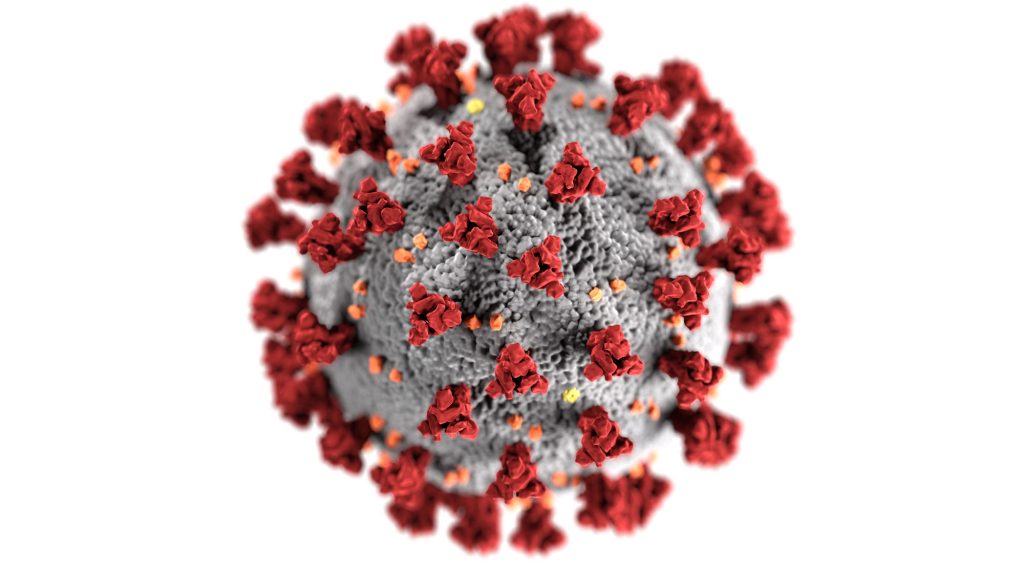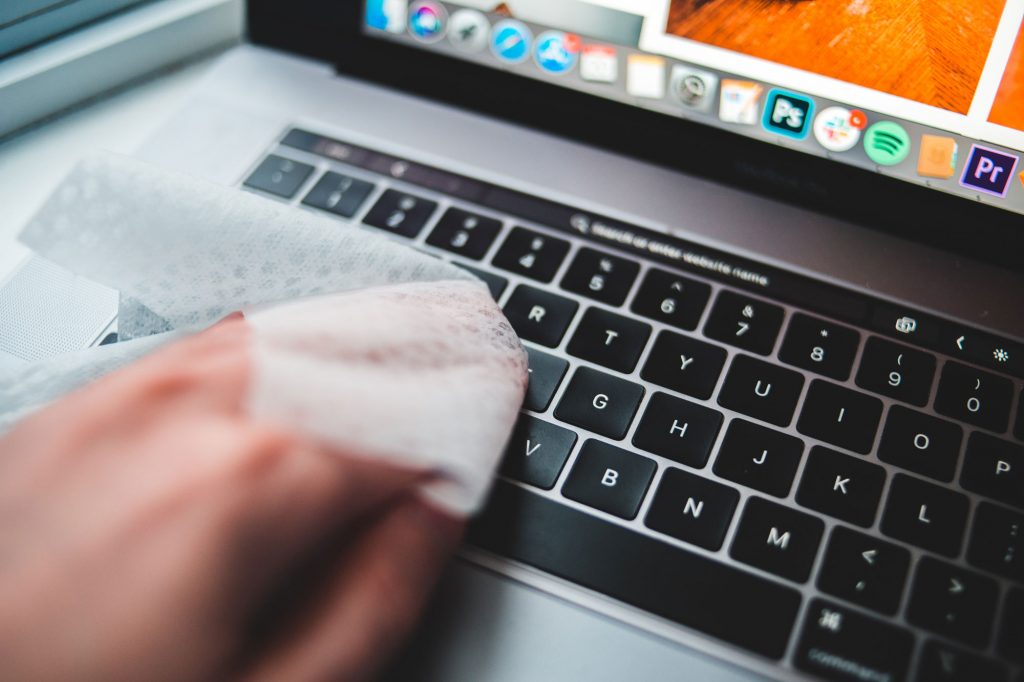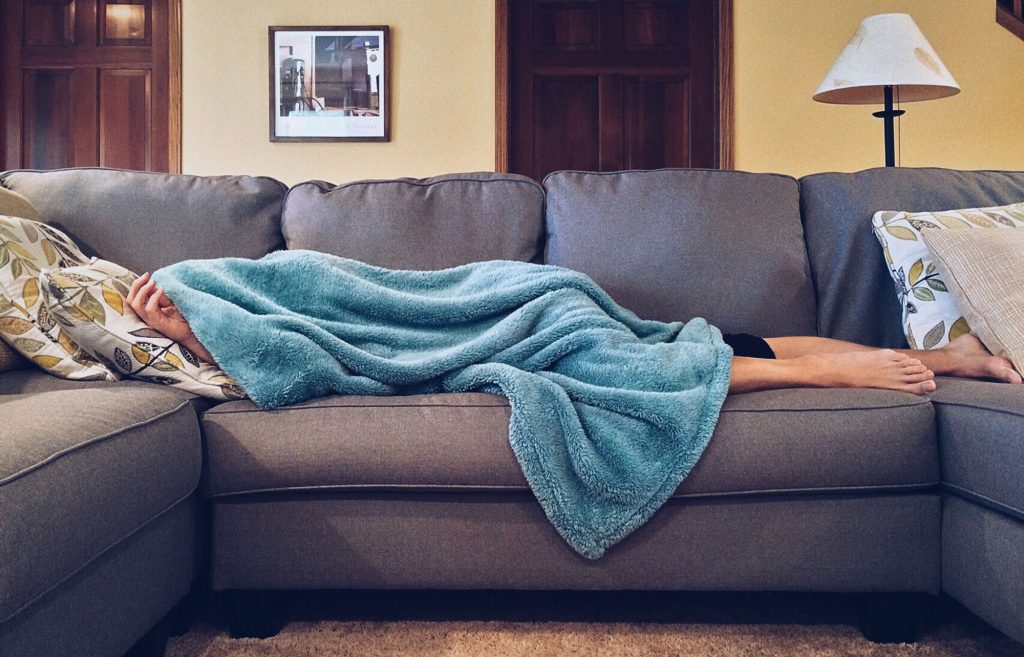Maintain Healthy Business Operations

As we begin to open the doors – let’s keep them open for good. Here’s one more list to make sure we get it right.
Businesses and employers can prevent and slow the spread of COVID-19. Employers should plan to respond in a flexible way to varying levels of disease transmission in the community and be prepared to refine their business response plans as needed.
Businesses are strongly encouraged to coordinate with state and local health officials so timely and accurate information can guide appropriate responses. Local conditions will influence the decisions that public health officials make regarding community-level strategies. CDC has guidance for mitigation strategies according to the level of community transmission or impact of COVID-19. This may include activities in one or more of the following areas:
- Reduce transmission among employees,
- Maintain healthy business operations, and
- Maintain a healthy work environment.
Since there are numerous ways, with multiple people involved at Cragin & Pike we have created a new position to help implement our own protocols.
We strongly suggest businesses identify a workplace coordinator who will be responsible for COVID-19 issues and their impact at the workplace. This may be an ideal role for a member of HR or someone who can communicate with the team as new regulations or changes evolve on a daily basis.

Implement flexible sick leave and supportive policies and practices.
- Ensure that sick leave policies are flexible and consistent with public health guidance and that employees are aware of and understand these policies.
- Maintain flexible policies that permit employees to stay home to care for a sick family member or take care of children due to school and childcare closures. Additional flexibilities might include giving advances on future sick leave and allowing employees to donate sick leave to each other.
- Employers that do not currently offer sick leave to some or all of their employees may want to draft non-punitive “emergency sick leave” policies.
- Employers should not require a positive COVID-19 test result or a healthcare provider’s note for employees who are sick to validate their illness, qualify for sick leave, or to return to work. Healthcare provider offices and medical facilities may be extremely busy and not able to provide such documentation in a timely manner.
- Review human resources policies to make sure that policies and practices are consistent with public health recommendations and are consistent with existing state and federal workplace laws
- Connect employees to employee assistance program (EAP) resources (if available) and community resources as needed. Employees may need additional social, behavioral, and other services, for example, to cope with the death of a loved one.
Assess your essential functions and the reliance that others and the community have on your services or products.

- Be prepared to change your business practices if needed to maintain critical operations (e.g., identify alternative suppliers, prioritize existing customers, or temporarily suspend some of your operations if needed).
- Place hand sanitizers in multiple locations to encourage hand hygiene.
- Place posters that encourage hand hygiene to help stop the spread at the entrance to your workplace and in other workplace areas where they are likely to be seen.
- Discourage handshaking – encourage the use of other non-contact methods of greeting.
- Older adults and people who have severe underlying chronic medical conditions like heart or lung disease or diabetes seem to be at higher risk for developing more severe complications from COVID-19 illness.
Perform routine environmental cleaning and disinfection:

- Routinely clean and disinfect all frequently touched surfaces in the workplace, such as workstations, keyboards, telephones, handrails, and doorknobs.
- If surfaces are dirty, they should be cleaned using a detergent or soap and water prior to disinfection.
- For disinfection, most common EPA-registered household disinfectants should be effective. Discourage workers from using other workers’ phones, desks, offices, or other work tools and equipment, when possible. If necessary, clean and disinfect them before and after use.
- Provide disposable wipes so that commonly used surfaces (for example, doorknobs, keyboards, remote controls, desks, other work tools and equipment) can be wiped down by employees before each use.
- Perform enhanced cleaning and disinfection after persons suspected/confirmed to have COVID-19 have been in the facility.
Take care when attending meetings and gatherings:

- Carefully consider whether travel is necessary.
- Consider using videoconferencing or teleconferencing when possible for work-related meetings and gatherings.
- Consider canceling, adjusting, or postponing large work-related meetings or gatherings that can only occur in-person.
- When videoconferencing or teleconferencing is not possible, hold meetings in open, well-ventilated spaces.
For a symptomatic employee, follow the policies and procedures of your employer in regards to cleaning, disinfecting, work meetings, and travel.

- Stay home if you are sick, except to get medical care.
- Inform your supervisor if you have a sick family member at home with COVID-19.
- Wash your hands often with soap and water for at least 20 seconds. Use hand sanitizer with at least 60% alcohol if soap and water are not available.
- Avoid touching your eyes, nose, and mouth with unwashed hands.
- Cover your mouth and nose with a tissue when you cough or sneeze or use the inside of your elbow. Throw used tissues in the trash and immediately wash hands with soap and water for at least 20 seconds. If soap and water are not available, use hand sanitizer containing at least 60% alcohol.
- Clean AND disinfect frequently touched objects and surfaces such as workstations, keyboards, telephones, handrails, and doorknobs—clean dirty surfaces with soap and water before disinfection.
- Avoid using other employees’ phones, desks, offices, or other work tools and equipment, when possible. If necessary, clean and disinfect them before and after use.
- Practice social distancing by avoiding large gatherings and maintaining distance (approximately 6 feet or 2 meters) from others when possible.